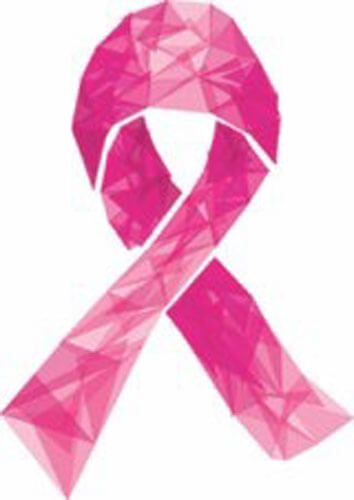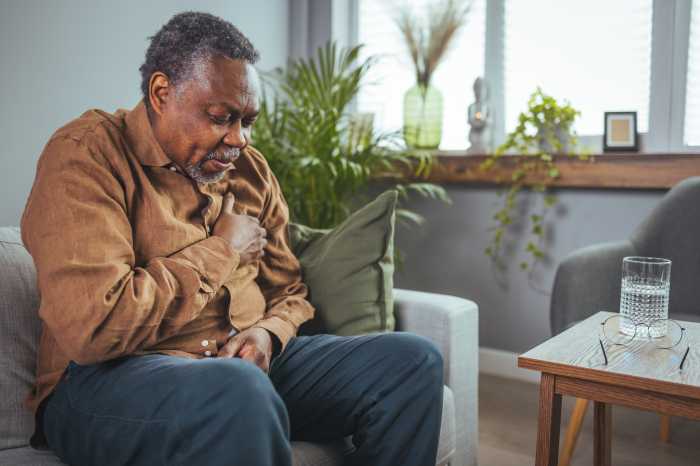Public perception that breast cancer is only identified by lumps detected through self-examination or routine mammography may prevent thousands of women from receiving an early diagnosis and the care they need. Although lumps are the most common symptom associated with the disease, women should recognize that breast cancer can produce additional symptoms.
Susan G. Komen for the Cure, one of the premier organizations for breast cancer research, advocacy and treatment, advises that the warning signs for breast cancer are not the same for all women (or men). Various changes in the breast and body can occur, including the following conditions.
Breast-size changes: Many left and right breasts are not completely symmetrical, and women familiar with their bodies know that one breast is often slightly larger than the other. However, breast-size changes that occur out of the blue may be indicative of a medical problem.
Skin rash or redness: Women who are breastfeeding can experience a rash on the breasts from an infection of breast tissue. But those who are not breastfeeding should be evaluated by a doctor if redness, irritation, or rash appears.
Nipple changes: Nipple discharge that starts suddenly and is not associated with breastfeeding can be indicative of cancer. Other changes to the nipples, such as pulling in of the nipple (inversion) or itchy, scaling skin on the nipple, should be brought to the attention of a doctor.
Changes to the skin: Dimpling of the skin, peeling, flaking, or scaling skin can be a cause for concern as well.
Lumps elsewhere: Cancerous tumors may not only be felt in the breasts. Breast cancer can spread to the lymph nodes around the breasts, and lumps may be felt under the arms.
Unexplained pain: The Mayo Clinic advises that less than 10 percent of people diagnosed with breast cancer report pain as a symptom. But unexplained pain in an area of the breast should not be ignored. Breast pain that does not go away and seems to involve one area of the breast should be checked.
Fatigue and period: General cancer symptoms can include unusual fatigue and unexplained weight loss. One of the best things women and men can do is to familiarize themselves with their bodies so they will be more capable of pinpointing any irregularities that may develop. Individuals can routinely look at their breasts and inspect for subtle changes. But remember that hormonal breast changes occur during the menstrual cycle, so it’s best to be familiar with how breasts look and feel both during and after menstruation.


























